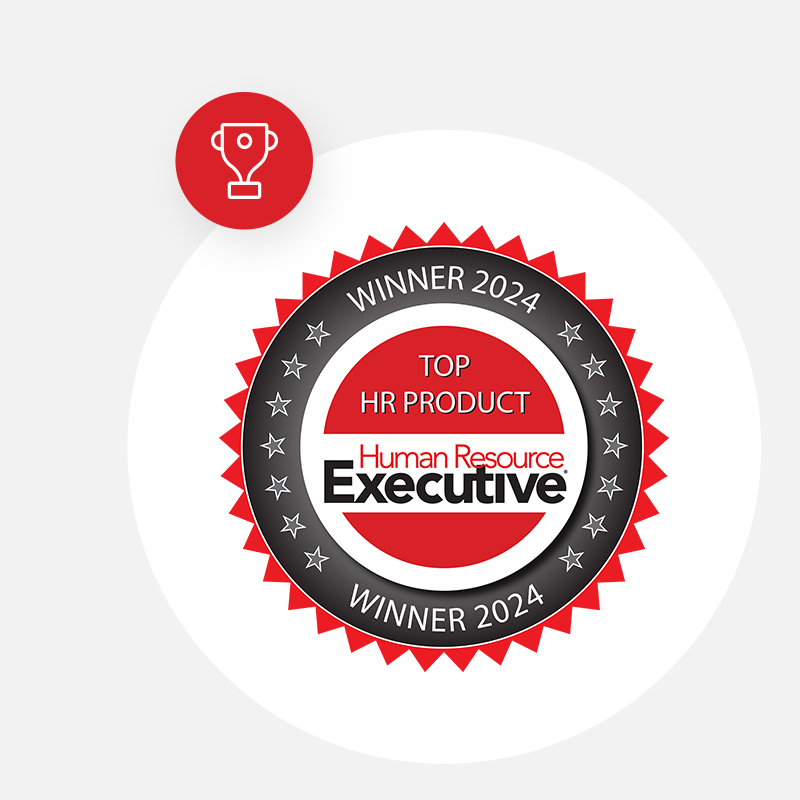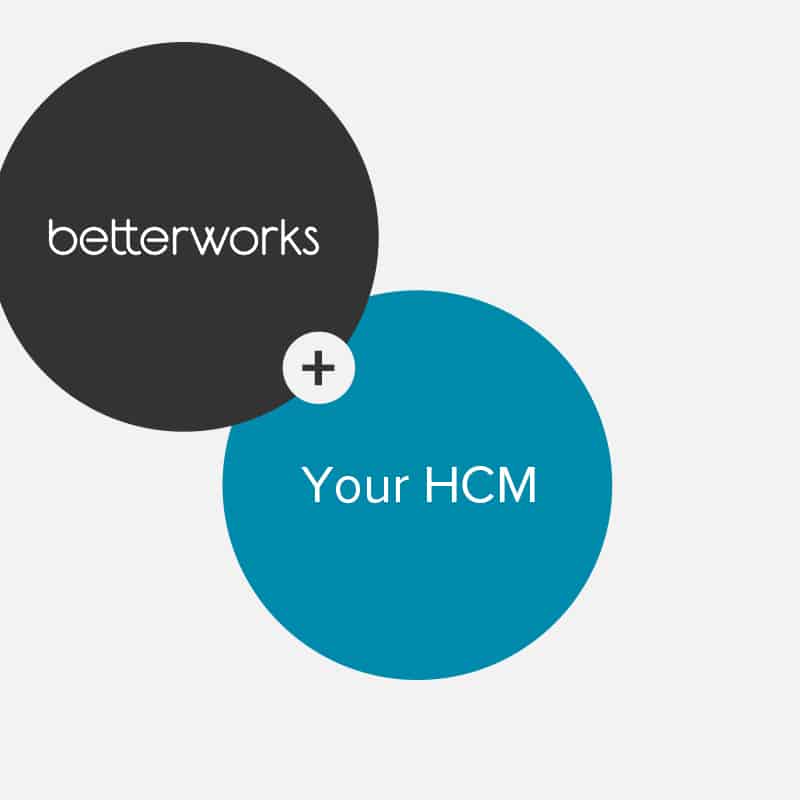You’ve likely heard much about the wondrous insights and efficiencies that big data and analytics have provided to companies of all shapes and sizes. Although highly engaging marketing campaigns stemming from AI platforms and improved supply chains from IoT and analytics are obviously important improvements for any organization, the impact of people analytics to HR solutions tends to slip through the cracks despite the enormous benefits they can provide.
Of course, as previously discussed, people analytics involves the usage of data sets that allow companies to quantify the broad-ranging effectiveness of their workforce – is in itself both art and science, requiring specific systems and procedures to generate useful and actionable data. However, the bigger question isn’t so much the data itself but it’s interpretation of why it’s needed and how to best integrate it within HR operations.
People analytics fuels the data-driven approach that will propel HR into the future, giving it the same abilities as other departments to leverage data to make smarter decisions. This will include using predictive models to target, recruit, engage, and retain the ideal employees that serve as the bedrock for any successful organization.

Analytics Is Already a Cornerstone to Many Departments
To establish a parallel, one needs to look no further than significantly enhanced sales and marketing campaigns that are drawn directly from marketing analytics to increase effectiveness and impact. Such endeavors are no longer dependent on the antiquated notions of gut instinct and intangible, ephemeral insights that are based almost entirely on intuition.
Instead, sales and marketing departments leverage analytics to gather, analyze, and distribute data that allows them to employ finely-tuned messages and strategies with a mind towards continuously improving the odds of success. Analytics is also an integral part of any marketing agency, including a tech marketing agency, as it empowers data-driven decision-making and allows them to refine their campaigns, track performance, and adapt strategies based on real-time data. With all of the data and insights collected in a marketing reporting dashboard, Sales and Marketing departments operate in a weekly or monthly cadence using the continuously collected data to inform their next steps throughout that consistent basis.
However, HR and People departments in most companies still run on a schedule that is dictated by infrequent engagement surveys and limited data collection. For those that do collect metrics, they are still in their nascent stages in integrating people analytics into regular HR procedures.

The Benefits and Implications of People Analytics for HR
Across its specific applications, people analytics essentially quantifies what was previously unquantifiable – measuring your people practices, programs, and procedures to optimize operations throughout an organization. Despite some initial hurdles, it is overwhelmingly clear that data is the singular innovation that will transform HR into the agile, dynamic cornerstone organizations need in a rapidly evolving marketplace.
By utilizing people analytics in the numerous and varied responsibilities within any given HR department, companies can maximize the employee experience by making decisions and any necessary changes based on the actionable data-driven approach typified by people analytics. This ability can help companies to improve the hiring and onboarding experience, better match employees to their individual strengths and corresponding positions, provide actionable insights based on employee perceptions, perspectives, and voices, as well as identify any worker-based trends before they become systemic issues. The benefits are seemingly endless:
- Improve organizational retention
- Increase employee satisfaction
- Identify top talent pools
- Positions HR in a strategic role
- Track, organize, and compare employee feedback data over time
- Improve decision making across the entire organization
- Measure effectiveness of company initiatives
- Improve cross-departmental interactions and collaboration
- Improve training and career development
- Save time & money on various HR processes
People Analytics in Practice
While Google might be the torchbearer for people analytics by popularizing it in the first place, several organizations have followed their lead to make data-driven HR functions a vital component of their decision-making process. For instance, while trying to expand operations in China, Cisco integrated people analytics to better vet a massive pool of recent college graduates to determine if they would fit well into Cisco’s culture and process.
The data-driven process revealed that less than 10% of that pool would be a good fit with Cisco, quickly guiding them towards different geographical recruiting pools rather than devoting significant time and resources on an area that simply couldn’t support the number of qualified candidates they needed.
Similarly, Unilever has made people analytics a priority to streamline HR operations and lend much greater levels of efficiency and effectiveness to their talent valuation process. As a result, Unilever is now able to use a single HR system across all 104 countries it operates within, relying on 78 unique core HR metrics to best measure performance, engagement, and individual strengths.
People analytics is also a powerful tool to quantify how content employees are with an organization. To that point, it is becoming increasingly obvious that employees value a sense of belonging and fulfillment more than any other criteria. In fact, a recent survey found that 89% of the workforce would be willing to make a lateral move with no increase in pay. This statistic only reinforces the idea that employees want to be content and needed more than anything else, a concept that people analytics is uniquely qualified to manage.
Furthermore, people analytics also provides an important tool to manage performance and turnover rates in real time so HR no longer needs to rely on lagging data points to gauge an employee base. The data used as the foundation for people analytics can also be instrumental in establishing a rewards and recognition system that can ultimately enhance engagement levels between individual employees and an organization, thus incentivizing performance that will benefit all involved parties.
The Big Data Wave Has Arrived on HR’s Shores
The outdated perception of a typical HR department being stretched beyond its capacity due too many responsibilities is quickly becoming a thing of the past for organizations willing to adopt new technologies based on the quantified wisdom of people analytics. In other words, the wave of big data has finally reached HR and is already proving to be transformative when integrated properly.
Organizational data derived from insightful programs like employee experience surveys, pulse polls, anonymous employee conversations, can now provide HR the necessary data sets to analyze worker engagement, operational efficiencies, and trends that can have long-standing and wide-reaching effects on an entire organization. HR departments can now enjoy the same practical benefits that their colleagues in sales and marketing departments have already relied on for years.
For HR, the data-driven future is now and is being built upon the people analytics that successful organizations will use as building blocks for decades to come. For the first time, HR has the tools it needs to evolve and elevate to the next level.









